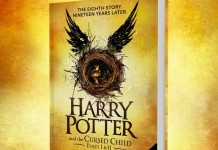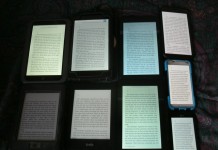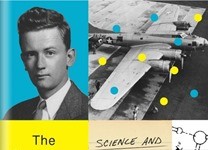Podcasting has turned radio into a new medium. From the New York Times Magazine:
…the value of a media product does not come from being fast. It comes from being timeless. …It wouldn’t make sense, [Abumrad] said, to devote the effort to seduce, disturb and engage the listener if “Radiolab” epidsodes were merely broadcast once and disappeared.
Exactly, I thought, Radiolab is like a book.
Back in October, Brian O’Leary posted a rather long essay on his blog, called “Context First“. The essay was well received, and he presented versions of the essay at conferences around the world. I excerpt:
my idea in a nutshell is this: book, magazine and newspaper publishing is unduly governed by the physical containers we have used for centuries to transmit information. Those containers define content in two dimensions, necessarily ignoring that which cannot or does not fit.
Worse, the process of filling the container strips out context – the critical admixture of tagged content, research, footnoted links, sources, audio and video background, even good old title-level metadata – that is a luxury in the physical world, but a critical asset in digital ones. In our evolving, networked world – the world of “books in browsers” – we are no longer selling content, or at least not content alone. We compete on context.
I propose today that the current workflow hierarchy – container first, limiting content and context – is already outdated. To compete digitally, we must start with context and preserve its connection to content.
Something about O’Leary’s essay has been gnawing at me ever since, but until reading yesterday’s article on Radiolab, I couldn’t put my finger on what it was that bothered me.
The implication of O’Leary’s “Unified Field Theory of Publishing”, is that in order to compete, print publishing needs to break away from the limiting forms of the print medium and become something new, in jazzy harmony with our contextually dynamic digital world, filled with links and metadata and APIs.
Bear in mind, O’Leary’s a magazine guy, and he’s dead right about magazines. But I’ve decided his implication is dead wrong about books. We need to understand what it is about the book that makes it a container of media that will persist into the digital world. It’s NOT context. The wonderful thing about the book as container is the same thing that lifts Radiolab as podcast above Radiolab as radio. It’s the timelessness.
So as we evolve the ebook, I think we need to be aware of and nurture its potential for timelessness. If we put the context first, as O’Leary urges, then all we have left is a website.
Long live the content container formerly known as the book!
[Video omitted by the editor – for some reason it won’t embed. Url for Brian O’Leary’s presentation is: http://www.youtube.com/watch?feature=player_embedded&v=WgWT9vkuCa0]
Note:
- As we develop plans for the Gluejar business, we need to add some definition to the “containers” that get released as creative commons ebooks. One thing we might do to enhance “timelessness” is to add a digital signature that verifies that the content of the ebook hasn’t been altered.
Via Eric Hellman’s Go To Hellman blog



































“So as we evolve the ebook, I think we need to be aware of and nurture its potential for timelessness.”
Congratulations, you’ve just argued that copyright should be permanent.
I believe being more free with information improves education. I have spent my time in the education system doing 9 years at college to be told “you need to buy this book” but I have the 12th edition? Yes but you need 13th for this year! Minor alterations for the chief purpose of exploitation.
Education may be a privilege and information being part of that but exploitation shouldn’t come into it. What should be copyright should be based on a period of time and if an author dies should simply be open season as no book company should retain the rights. All for the modern age and more importantly trying to get kids back to reading instead of Facebook!